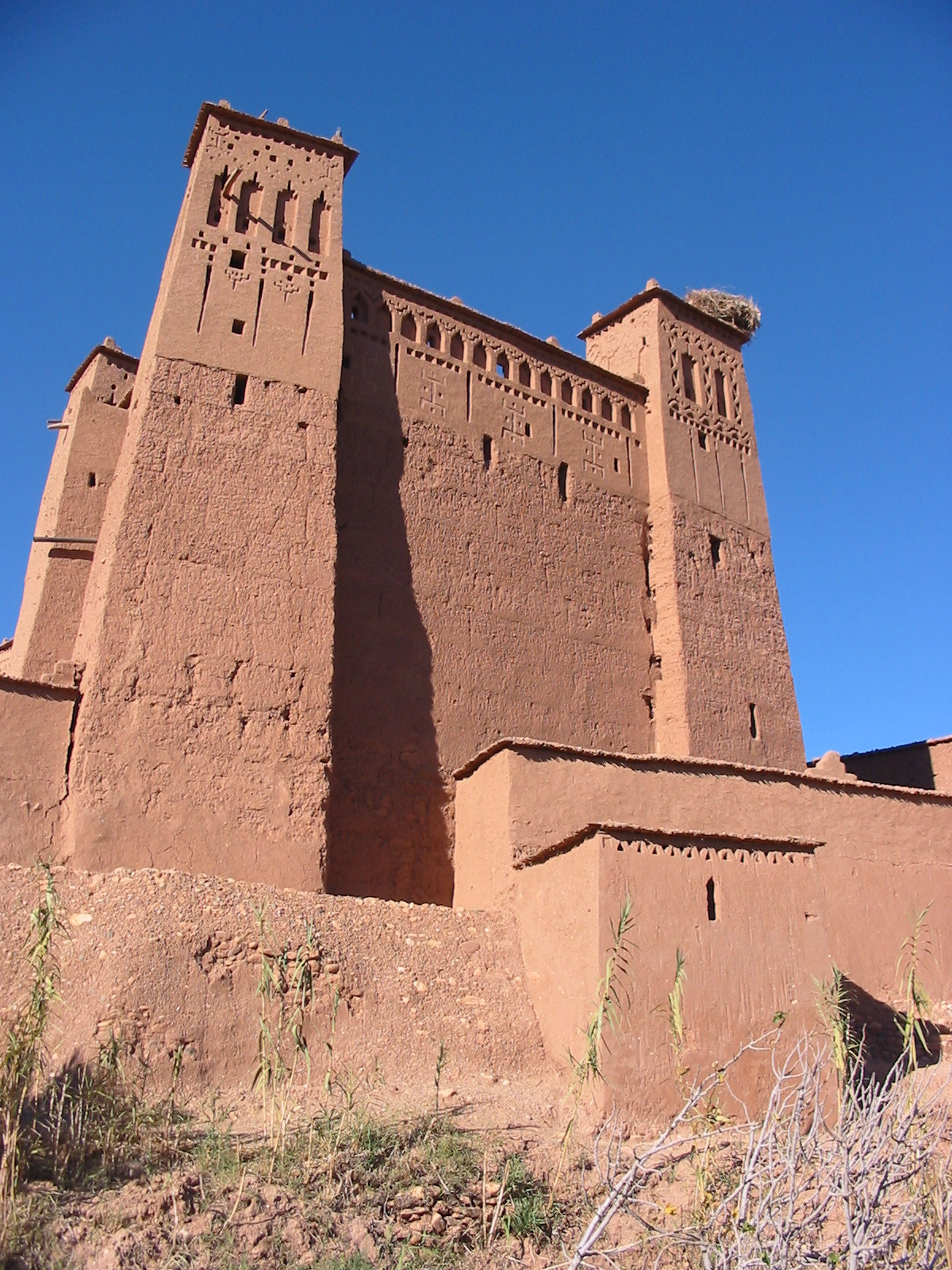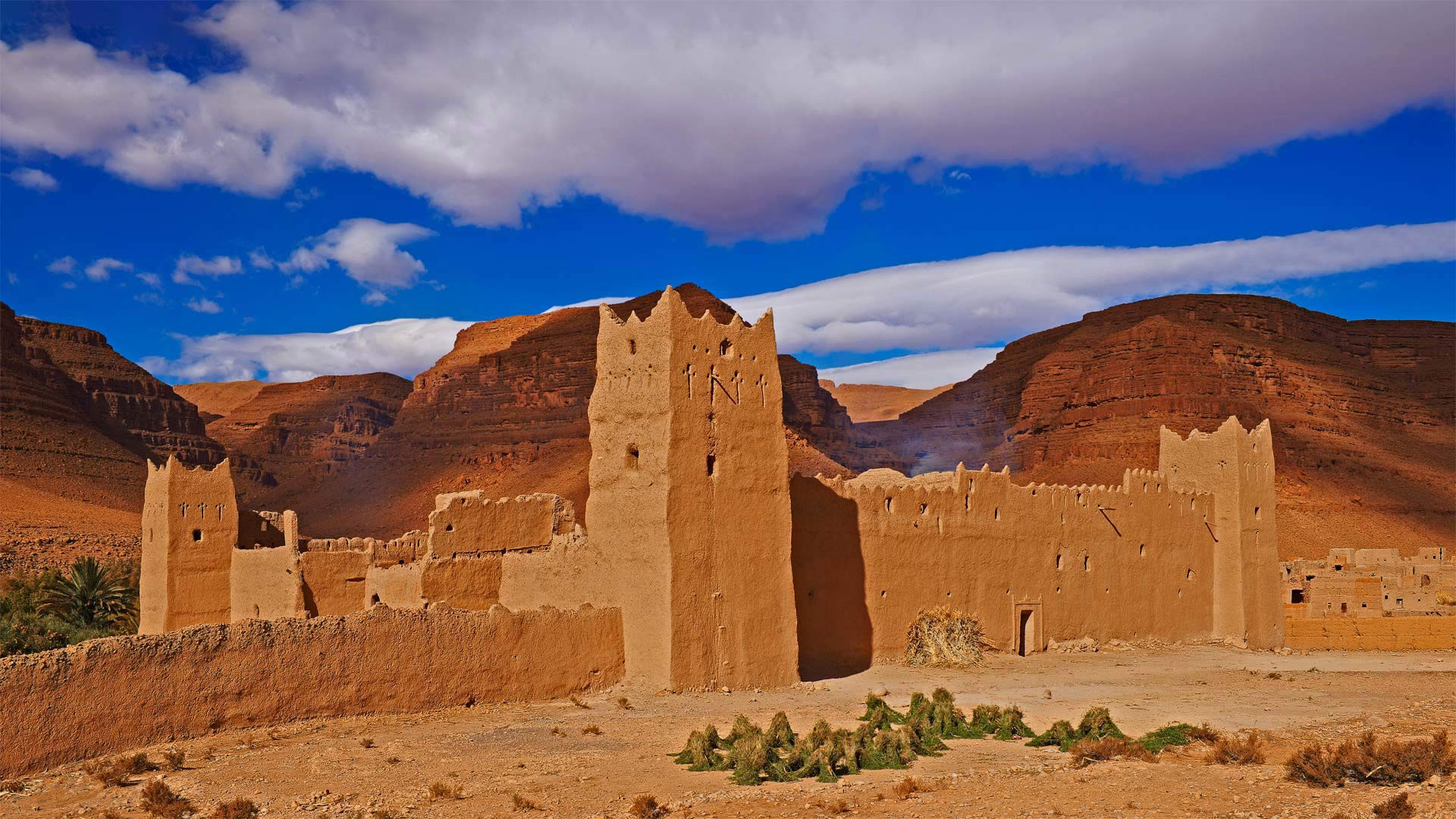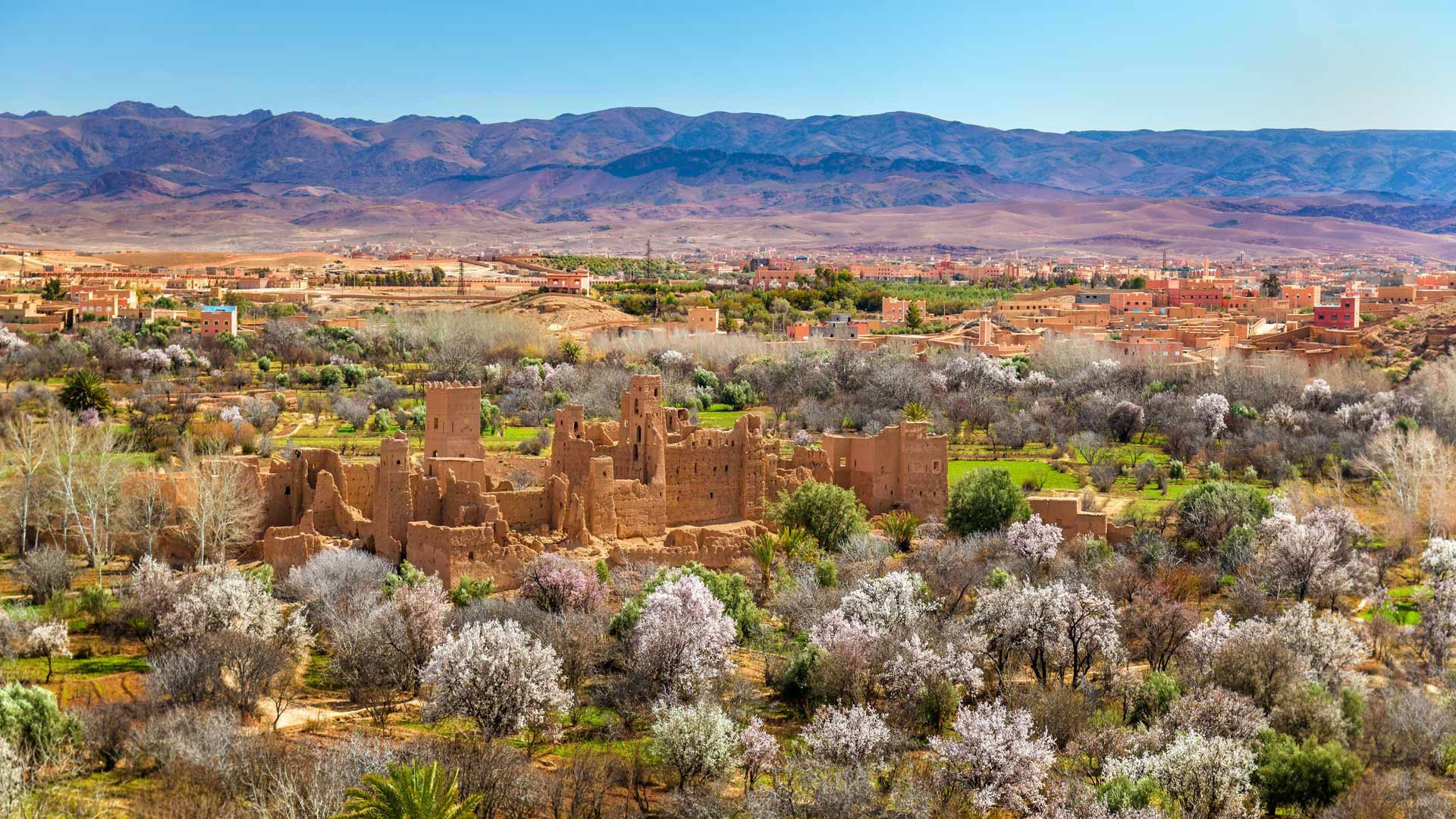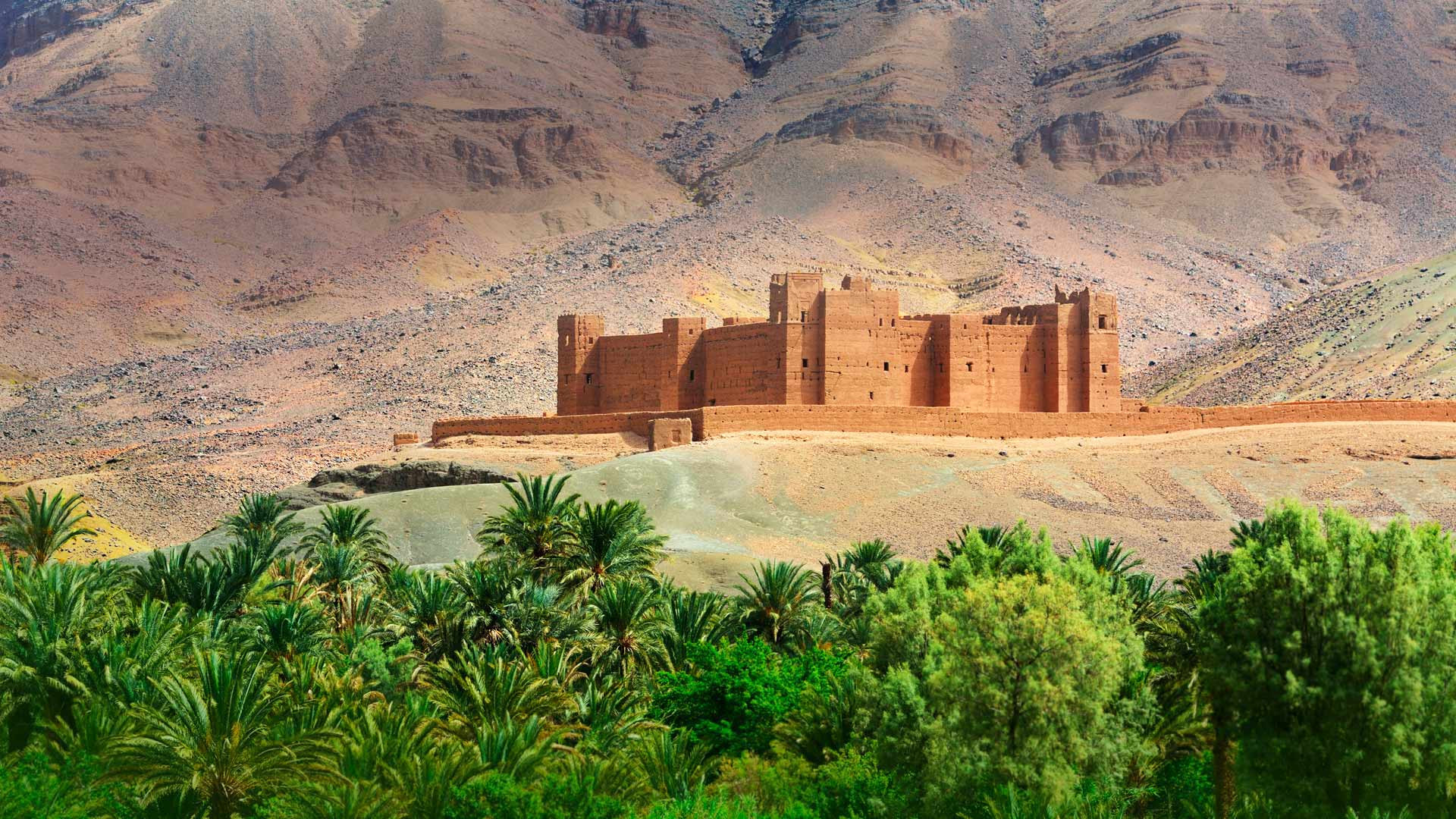Kasbahs (also spelled qasbah, qasba, qasaba, or casbah), particularly in Morocco, are fortified citadels or palaces often constructed using rammed earth techniques. Rammed earth, a traditional building method, involves compacting a mixture of earth, water, and a binder (like straw) into forms to create strong, durable walls out of what is essentially sun-dried mud. The kasbahs of Morocco, especially in the Drâa-Tafilalet region, situated within the Atlas mountains, such as the ones pictured here, showcase this ancient architectural style, with walls often reaching several meters thick. Some of the kasbahs shown here are in ruins, whilst others have been faithfully restored back to their original glory (probably to attract tourist revenue).
The Drâa-Tafilalet region is renowned for its picturesque oases that cover nearly 90% of its area, and that traditionally has sustained its resilient, indigenous population and rich cultural heritage. Unfortunately, in parts of the region, such as in the villages of Tafilalet, the indigenous inhabitants are abandoning their quaint traditional rammed earth homes, because of drought, desertification, climate change and social marginalisation, and are migrating to the cities. (https: //inthesetimes.com/article/morocco-oasis-es-sfalat-tafilalet-abandoned-village-climate-change-ghost-town).







